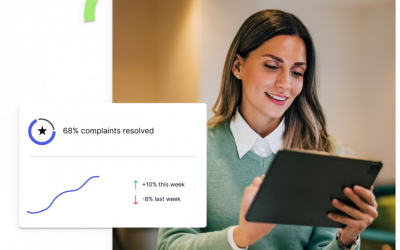We live in a big data world—and there’s good reason for it. Since data is used to help us make vital decisions about our businesses and lives, the information we collect through our software systems and platforms is as precious as gold these days.
In the Human Resources field, workforce analytics data can have a significant impact on the success of a company, because:
The numbers don’t lie.
Let’s say company morale is low. You know it, the employees know it, but trying to explain that to executives is difficult without concrete proof. When you provide company leaders with concrete facts and data, it will only help them to see the value of your proposal.
You can prevent history from repeating itself.
When you’re able to carefully monitor data, you’ll start to see trends emerge over time. Careful analysis can help you uncover triggers for these trends so you can stop downward spirals before they start.
It keeps us in touch with our workforce.
The data in a workforce analytics system can provide you with key insight and learnings about your employees that you may have never known before. Some of these insights your employees may not even be consciously aware of themselves.
While you understand its value, trying to pull your data from the cloud can feel a lot like trying to walk a monster on a short leash. This goes double for those who are trying to merge their data from multiple cloud platforms and internal systems. Who has the time or patience to export all of that data into a hacked-together Excel file?
Let’s avoid that scenario. Here’s what you do to make your life easier:
1. Automate data collection with a centralized workforce analytics system
Choose a workforce analytics system that can automate data collection from all of your human resource management (HRMS), talent or learning management (LMS), customer relationship management (CRM), and enterprise resource planning (ERP) systems. The key here is automation. The more systems you have, the harder it will be to manually aggregate and unite your data into something meaningful.
2. Look for an easy-to-use dashboard
The HR dashboard will make or break your experience, so look for one that has a comprehensive and easy-to-use interface – emphasis on easy-to-use! When you are evaluating systems, ask yourself if you can personalize your own dashboards and share them with others in just a few clicks. If you can’t, pass.
3. Establish a process that ties analytics to action
Understanding your data is only part of the solution. You also need to take action on what you learn. Work with your team, department heads, and transformation partner to put a process in place that ties data to action to outcome.
Looking for a new solution? ZeroedIn’s workforce analytics system does all of the above. Contact us today to learn more!




